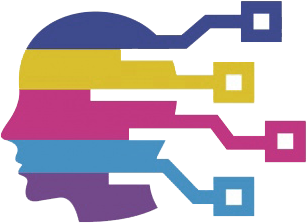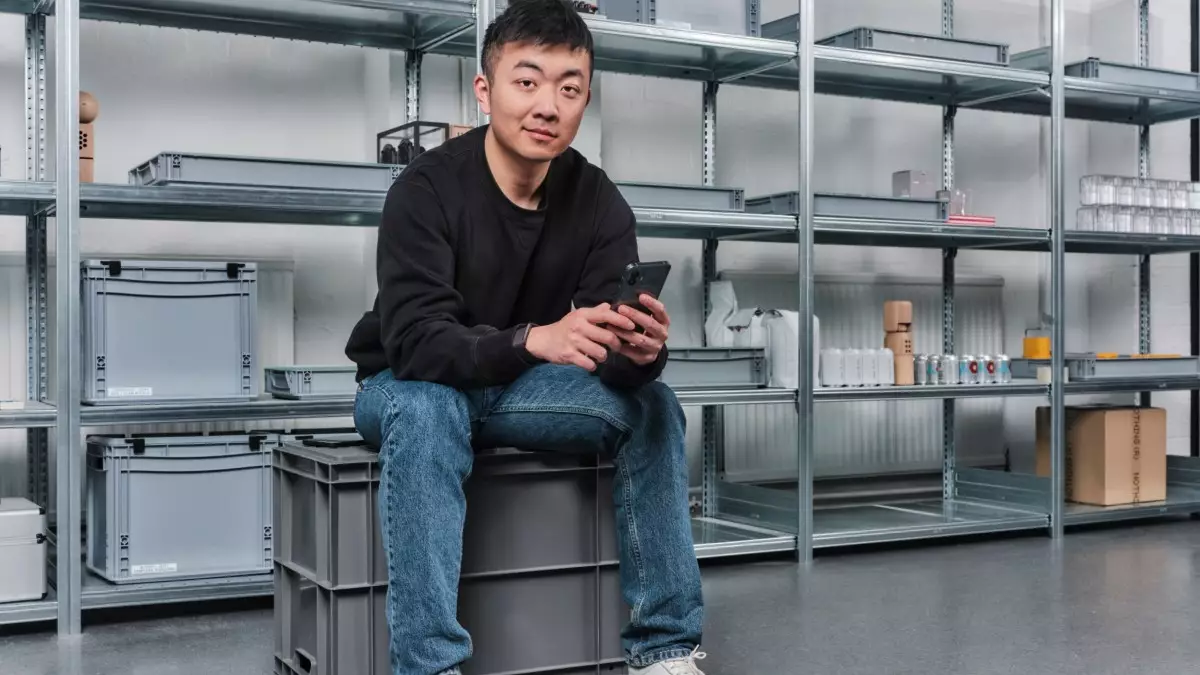In the ever-shifting landscape of consumer electronics, few startups manage to capture the zeitgeist as ambitiously as Nothing. With their recent $200 million Series C funding round, led by the prominent Tiger Global, Nothing has catapulted itself into the billion-dollar valuation echelon. This milestone is not merely a number; it signifies a clear declaration of intent. A company founded by Carl Pei, whose reputation was cemented by the revolutionary rise of OnePlus, embarking on a mission to remold the future of tech, signals a serious challenge to industry giants. Nothing’s strategy hinges on aesthetic ingenuity, a sense of premium design, and now, an amplified focus on integrating cutting-edge AI capabilities into their products.
Unlike traditional entrants that often settle into incremental updates, Nothing is fueled by a desire to disrupt existing paradigms. Their success in garnering a $1.3 billion valuation in such a nascent stage indicates strong investor confidence—not just in their current offerings but in their long-term vision to craft a seamless ecosystem blending hardware, software, and AI. The fresh infusion of capital, alongside strategic partnerships from notable investors like Qualcomm Ventures and industry veterans such as Nikhil Kamath, underscores the belief that Nothing’s innovative approach could shape the next chapter of consumer technology.
Design-Centric Strategy Meets Next-Gen Ambitions
At the core of Nothing’s identity is a commitment to distinctive, minimalistic design that stands apart in a crowded marketplace. Their signature transparent aesthetic—on devices like the Phone (3)—transcends mere aesthetics; it signals an ethos of openness, purity, and a break from conventional smartphone design. This visual identity has resonated with a youthful, creative demographic searching for products that reflect both style and substance. The company’s focus on user interface innovation complements its hardware philosophy, creating a compelling package that appeals to those eager for differentiation.
However, appearance alone is insufficient in today’s fiercely competitive environment. The recent announcement of a new AI-centric operating system reveals Nothing’s attempt to evolve from a design-centric brand into a tech pioneer. Their aspiration to embed AI deeply across their ecosystem—evolving from basic smart search functions like Essential Search to potentially full-fledged AI assistants—demonstrates a forward-thinking mindset. It’s an acknowledgment that, while hardware will continue to be a battlefield, the true future lies in intelligent, personalized software experiences that anticipate user needs.
The Challenges and Opportunities of AI Integration
Venturing into AI with a product lineup that’s still user-facing poses undeniable risks and challenges. Unlike hardware that can be visually distinctive, software—especially AI features—must deliver a level of trustworthiness and usefulness that users can depend on without skepticism. Companies such as Apple have faced hurdles in making AI feel natural and helpful rather than intrusive or unreliable. For Nothing, the delicate balance is even more pronounced; they need to merge innovation with practical usability, ensuring their AI adds real value without overwhelming or confusing users.
The company’s strategic hire of Sélim Benayat, with experience from Linktree and Bento, signals a serious investment in creating meaningful AI experiences tailored to user personalization. Yet, the industry’s track record in AI hardware remains lukewarm, with startups like Humane struggling and others like Rabbit refining their products post-launch. The path is fraught with technological hurdles, from building trustworthy AI systems to convincing consumers to entrust their personal devices with intelligent assistants. Nothing’s bold claim that their AI-embedded devices will dominate the next three to five years could be overly optimistic, but it demonstrates a willingness to stake everything on a future where AI becomes seamlessly integrated into their offerings.
Strategic Vision Beyond Smartphones
What sets Nothing apart is not just their current technological innovations but their expansive vision for the future. They aim to create an overarching ecosystem—an operating system infused with AI and personalization features—that could extend beyond smartphones into other personal devices. This aspiration indicates they see themselves as future platform builders rather than mere gadget manufacturers. The promise of launching an AI-first device in the near future hints at a shift that could redefine how we perceive and interact with personal technology.
However, executing this vision requires overcoming significant obstacles—not just technical, but also in building consumer trust and establishing a compelling alternative to entrenched incumbents like Apple and Samsung. The challenge will be in delivering AI experiences that are consistently reliable, both in terms of functionality and privacy. It’s a game of patience, precision, and perception—attributes that, if achieved, could position Nothing as a true innovator in a saturated market.
The Road Forward: Risks, Rewards, and the Market Dynamics
Injecting new capital and attracting industry attention is a critical step, but sustaining momentum in the consumer tech space is a more complex endeavor. The slow global expansion—still heavily concentrated in Asia—reflects either cautious planning or the recognition of the challenges ahead. With a relatively modest global market share, Nothing’s growth journey hinges on their ability to differentiate further and convince consumers of their value proposition.
Their ambition to target the next generation—tech-savvy, design-oriented, and open to new experiences—places them on a path where sheer innovation will matter more than traditional marketing. Still, the industry’s history underscores that technical brilliance alone does not guarantee success. They must build trust in their AI features, develop an ecosystem that encourages stickiness, and maintain their signature design ethos in every product iteration.
If Nothing can navigate these waters successfully, their trajectory could redefine what a startup can achieve in the tech industry. But the risks remain palpable, especially in the unpredictable realm of AI hardware and software. The next few years will determine whether the company’s bold vision translates into sustainable market leadership or becomes yet another fleeting experiment in a marketplace hungry for genuine innovation.

